Sol 12: Focus on: 3D printing – How to repair or construct things on Mars.
Author : Pierre Fabre
Hi everyone, welcome back for a new episode of “Focus on”! In today’s episode we are going to talk about 3D printing with Maxime. It is going to be super cool!
But, as always, we are going to talk about what happened on Mars during this Sol 12.
First, as today was a Saturday, we didn’t have sports this morning for the same reasons as last week. I think it is worth mentioning it because it felt so good to stay in bed a little longer. Everyone looked happier and smelled definitely better than usual at breakfast.
Then, the day was similar to a week day. On Mars, we work on Saturdays!
We started this day by an EVA. As I told you yesterday, we went back to the Special Region to do drone mapping. This time, Marion and I, who stayed at the Hab yesterday, were part of the team and Maxime was our EVA leader.
We started our EVA, as usual, by changing the battery from the LOAC experiment. Then we made a first stop at the crossroad with Galileo Road. I wanted to map the part of the Hab Ridge situated after the North Ridge for my drone mapping experiment. Everything went well and I will soon have a beautiful 3D map to analyse. I’m starting to be more efficient and confident with the drones and it is very satisfying. Even if I never told you before, I think you can easily imagine that manipulating and operating a drone with a spacesuit and gloves is not easy at all. Next week, we are going to do another round of comparing how my crewmates perform on this terrain regarding whether or not they have the 3D map. The episode of “Focus on: Drone mapping” in which I am going to explain you everything is coming soon so stay tuned!
After this stop, we kept going North with the rovers until reaching the Special Region. It was pretty similar to the description our crewmates gave us, except that in reality it was a lot more impressive and beautiful. We were really amazed by the view we had from the top of the Ridge. I took some really nice drone pictures and videos up there. We will definitely find a way to show you those cool videos when we will be back on Earth I promise, but you can already have a taste with the photos.
It was a 4-hour long EVA, the longest ever made in this crew, and we were very tired when we came back. When we went upstairs after leaving our spacesuits, we had the best surprise you can expect when coming back from an EVA like this. Our lovely crew mates had cooked fried rice, a lot of fried rice. It was the best thing I’ve tasted since my arrival on Mars (yes, better than the famous Martian Pizza). If some of you want the recipe, I can ask my Commander and put it in a next report. (I will probably do it anyway as I will not receive your feedbacks).
This afternoon was a pretty calm one. Some crew members, including me, took that opportunity to take a well-deserved shower. On Mars, we don’t take shower as frequently as on Earth. The average time between two showers in the crew is one week. Now you start to understand why I said before that we usually smell bad at breakfast. As mentioned in the “Focus on: Water on Mars” episode, water on Mars is even more precious than on Earth so we have to use it carefully!
This afternoon, our team of 3D printing engineers, Maxime and François, finally managed to print the piece to assemble the base and the mast of the Mega-ARES experiment. This was a very long journey with lots of ups and downs. Thanks to their hard work, we will soon be able to assemble the experiment during an EVA and start gathering precious data for CNRS.
Talking about 3D printing, it is time to start this new episode of “Focus on” with Maxime! Let’s see what we talked about!
“-Hi Maxime! How are you today?
-Super thank you!
-Maxime, I asked you to do this episode of “Focus on: 3D printing” because you are in charge of a 3D printing experiment. But first let me ask you something. Why is 3D printing relevant for space application?
-As you know, on a space mission we are isolated and it is very difficult to have new objects from the Earth. On Mars, if we break our hammer, we have to wait 6 months before getting a new one. That is why we use 3D printing. We are able to build and replace any objects to optimize our experiments for example. In the International Space Station, there is a 3D printer, and the French astronaut Thomas Pesquet used it to print… a fork!
Moreover, the European Space Agency is working on new printers able to print buildings on the Moon from the lunar regolith. Hopefully, we will be able to see them working at the end of the decade.
-Ok I see, it is very convenient! And now, can you explain what is the objective of your experiment?
-Through the composite repairing in a frugal context we want to demonstrate the relevance of the use of additive fabrication in space applications. This project is held by Pr. Yves Gourinat, professor of Mechanical Engineering and Structures at ISAE-SUPAERO.
In our context of a Martian Life Simulation, we had to choose a printer according to the trio Volume – Mass – Energy, the main parameters of space exploration. Thanks to our school, we are able to use the 3D printer « Creality CR-10 Series V2 » which respects the parameters below.
The first operation consists in repairing an impacted carbon structure. During an EVA, I saw a small impact on our HAB. On Mars, this one can lead to a leak and put us in danger in the station. With the software AutoDesk Fusion 360, I designed a fitting piece and printed it with our 3D-printer with the help of our engineer François. Obviously, we are not allowed to modify the Hab but with this experiment we are able to prove the relevance of a 3D-printer for a space application.
-Ok nice! And do you use the 3D printer for other purposes?
-As I mentioned at the beginning you can use the 3D-printer for many reasons. On our side we used the 3D-printer twice.
Our HSO Julie aka July works on a recycling water experiment and she asked me to participate by printing a specific funnel for her new dispositive named « Dudish » in the memory of our Botanist Raphaël, who couldn’t come to MDRS.
And Clément asked me to print a piece to maintain the mast of the instrument Mega-Ares.
-Wow, so cool! There are so many applications of 3D printing, I’m not surprised that some people want to use it in space application! Maxime, thank you very much for your time, it is a really cool experiment that you have and I enjoyed talking about it with you!”
That’s it for today’s “Focus on” episode I hope you enjoyed it as much as I did! I also hope you learned something about 3D printing. If you like this format, stay tuned because another episode is coming soon!



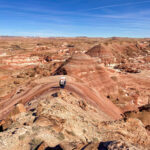
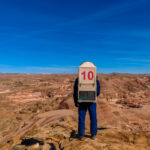

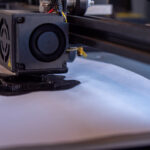
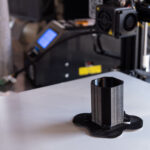

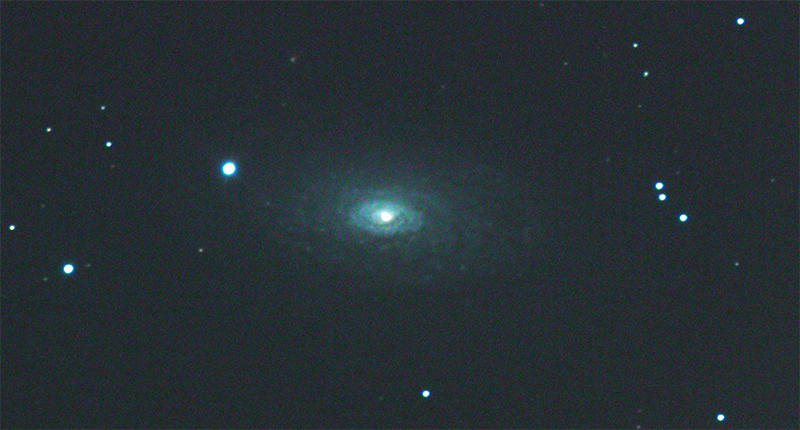
You must be logged in to post a comment.